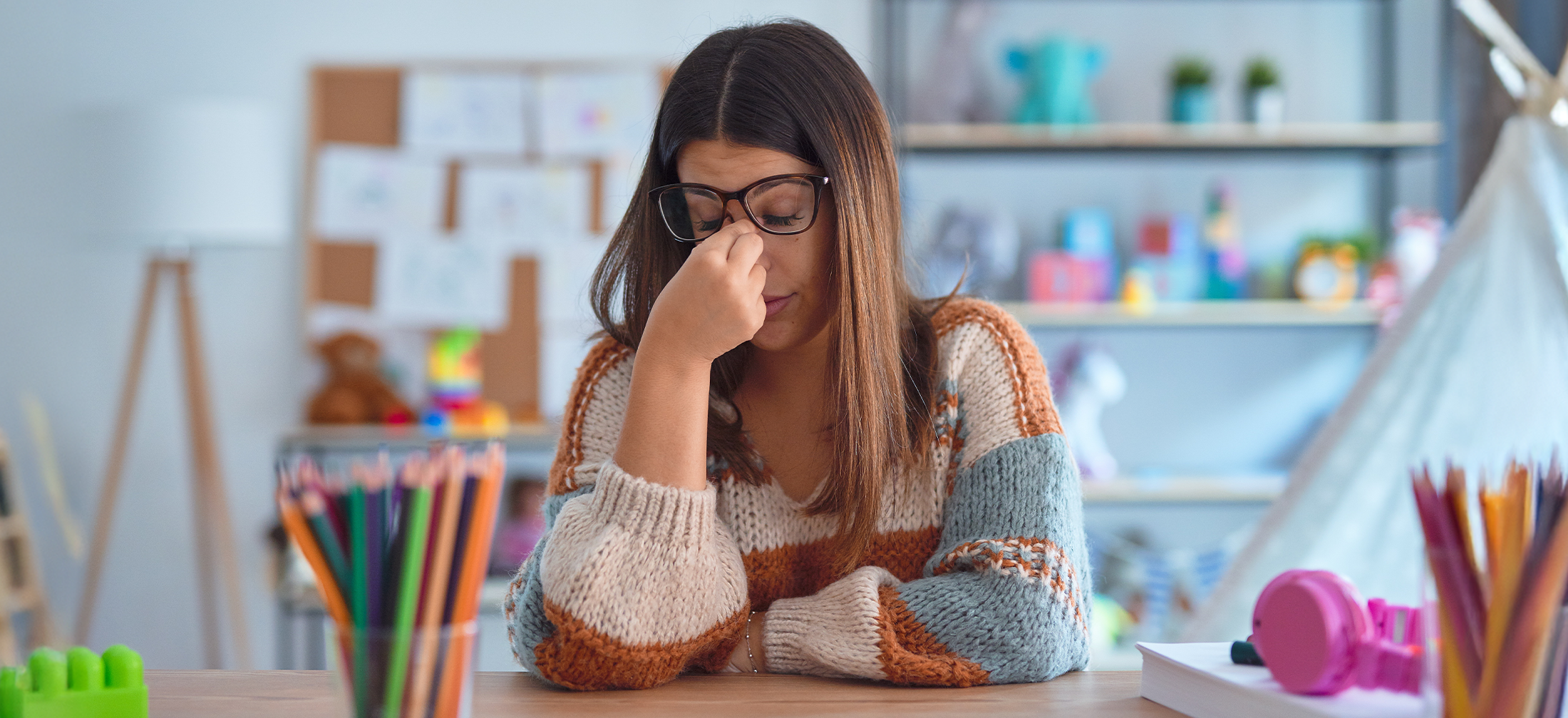CPSN selected Danette Parsley, our very own CEO and fearless leader, as a member of their International Advisors. Danette was selected due to her experience with leading large-scale, geographically spread professional learning networks.
About CPSN
In January of 2022, the LEGO Foundation awarded a $2.7 million grant to Dr. Andy Hargreaves and Dr. Trista Hollweck. The purpose of this grant is to establish a network of publicly funded schools across Canada that leverage learning through play in grades 4 to 8 to improve engagement and wellbeing for students who have faced barriers to educational success.
Watch this video to meet some members of the team and learn more about the CPSN.
CPSN’s Mission
The Canadian Playful Schools Network exists to support the wellbeing and learning of students and education through the infusion of play in the middle years of schooling across Canada.
Why learning through play?
The LEGO Foundation has identified five essential characteristics of playful experiences that support deep learning. An activity is considered playful if it…
- helps students find meaning in what they are doing or learning;
- enables children to become deeply engaged;
- includes iterative thinking processes like tinkering, experimentation and hypothesis-testing;
- promotes social interaction, and
- is experienced as joyful.
Modes of Play
The CPSN has identified three main modes of play: green, screen, and machine. They have also identified a fourth mode of “everything in between,” which refers to the foundational importance of place, language, and culture in understanding learning through play.
- Green Play: Focused on the outdoors
- happens outside of human-built environments
- enables learners to connect to nature in healthy, adventurous, mindful, and restorative ways
- helps learners understand their place in the world, and their responsibilities to the Earth
- learners challenge themselves and their bodies through positive risk-taking
- examples might include:
- expeditions or excursions to discover ecosystems, topographies, sensitive habitats, and natural wonders
- learning on the land, gardening, or caring for animals
- risky physical play in the face of challenges that allow students to test their limits
- making beautiful art with found objects in the forest
- Screen Play: Collaboration on computers
- often collaborative and networked
- it is both enabled and constrained by the technological systems on which it occurs
- include video games, immersive virtual worlds, augmented and virtual reality environments, and creative applications that allow learners to use their digital skills to write, graph, make art, animate, record, edit, curate, and share their work
- can be undertaken individually, collaboratively with immediate peers, and in virtual networks with learners far away
- examples might include:
- writing and illustrating a web comic
- planning, recording, and editing a video
- creating art using virtual reality applications
- coding a story
- creating digital maps, models, timelines, or graphics
- Machine Play: Building and making with purpose
- happens in activity with physical materials for varied purposes
- often happens in – but it not limited to – purpose-built studio-based environments equipped with some materials and equipment that enable learners to engage in tinkering and problem solving
- can be individual or collaborative
- examples might include:
-
- building things that move or do work including robots or models
- creating innovations that might solve a real-world problem
- building musical instruments from recycled materials
- making wearable art that blends physical and digital elements
- digital design of objects that can be 3D printed or cut out with a laser cutter
-
To learn more about the CPSN, visit their website. We will be sure to keep you updated as Danette engages in more work with the International Advisors committee.




